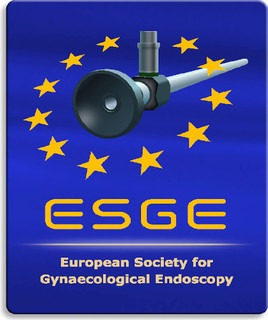The Arusha project: Accessible infertility care in developing countries – a reasonable option?
accessible, assisted reproduction, developing countries, fertility care, intrauterine insemination, IVF
Abstract
Infertility is a central issue in the lives of many couples who suffer from it. In developing countries the problem of childlessness is even more pronounced compared with Western societies due to different socio-cultural circumstances.
It mostly causes severe psychological, social and economic suffering and access to infertility treatment is often limited to certain procedures and certain costumers.
The issue of infertility in developing countries is underestimated and neglected not only by the local governments but also by the international non-profit organizations.
Simplification of the diagnostic and therapeutic procedures, minimising the complication rate and incorporating fertility centres into existing reproductive health care programmes are essential measures to take in resource-poor countries if we want to make infertility treatment accessible to a larger part of the population.
The debate about assisted reproduction in developing countries has entered a new constructive phase. The common picture of ART (assisted reproductive technologies) as a luxury item not suitable for impoverished people in the developing world is not accepted anymore as such. Initiatives to make infertility care accessible and technically appropriate for poor resource settings are gaining momentum. To achieve this goal it remains important to acknowledge the socio-cultural differences of developing countries as well as their different phases in development.
Because a lot of people still throw doubt upon the value of affordable ART in developing countries, time has come to start a debate on this controversial subject.
1Coordinator ESHRE Special task Force on “Developing countries and infertility”.
2Genk Institute for Fertility Technology, Dept Obstetrics and Gynaecology, ZOL, Campus St Jan, Schiepse Bos 6, 3600 Genk, Belgium.
3Université Paris XI, Kremlin-Bicêtre, France.
4Department of Obstetrics and Gynaecology, University of Pretoria, Steve Biko Pretoria Academic Hospital, PO Box 667, Pretoria, 0001, South Africa.
5St. Georges Hospital & Medical Sector, Blackshaw Road, Tooting, London SW170RE, United Kingdom.
6University of Alexandria, 22 Victor Emanuel Square, Smouha, Egyp.
7Dept of Education, University of Amsterdam, Postbus 94208, Nwe prinsengracht 130, 1090 GE Amsterdam, the Netherlands .
8Department of Molecular, Cellular and Developmental Biology, University of Colorado, Boulder, CO 80302, United States.
All authors are members of the Steering Committee of the ESHRE Special task Force on “Developing countries and
infertility ”.
Correspondence: willem.ombelet@telenet.be



